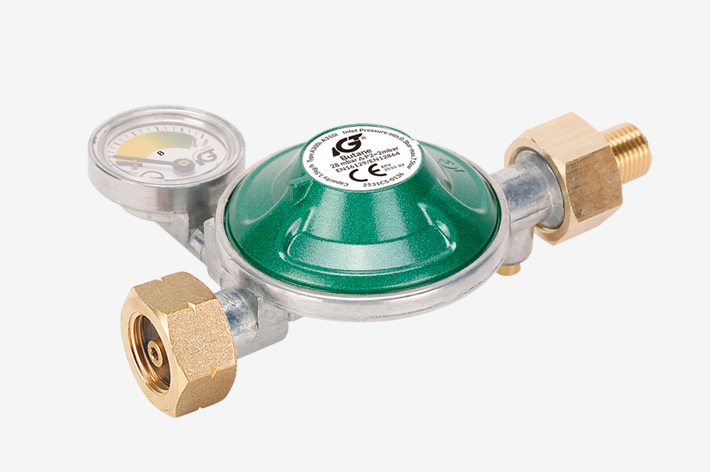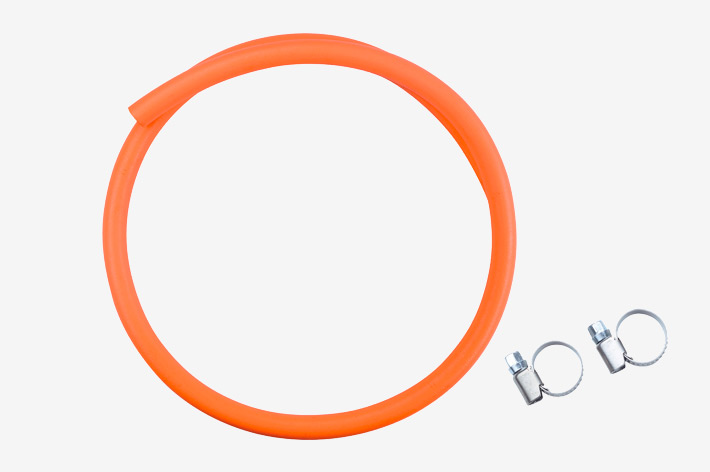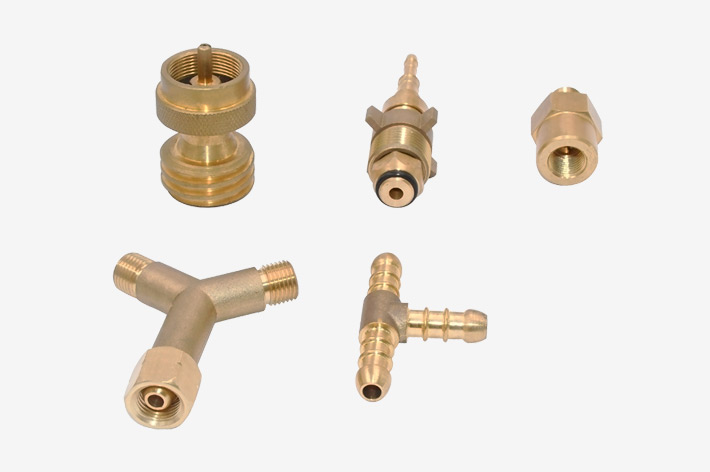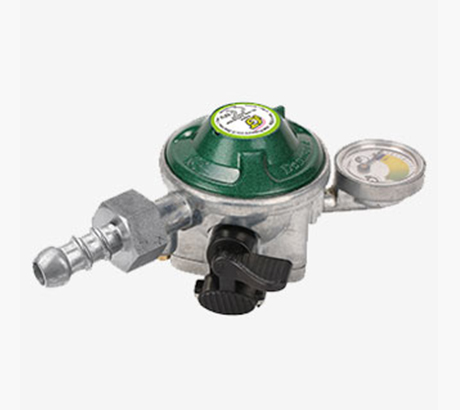In the world of gas regulation, there are countless applications that require different types of connectors to ensure a secure and efficient gas flow. Gas regulator connector types play a crucial role in meeting varied needs and ensuring the safety of gas systems. From residential to commercial and industrial applications, the art of adaptation through gas regulator connector types is essential.
Gas regulator connector types come in various forms, each designed to meet specific requirements. These connectors are used to connect gas regulators to gas lines, allowing for the safe and reliable flow of gas. Here, we will explore four common types of gas regulator connectors and how they meet different needs in various applications.
Threaded Connectors
Threaded connectors are the most traditional type of gas regulator connectors. They consist of threaded fittings that screw into the gas regulator and gas line. These connectors are often made of brass or stainless steel for durability and corrosion resistance. Threaded connectors are commonly used in residential applications, such as connecting gas stoves, water heaters, and fireplaces. They provide a secure and tight connection, ensuring gas does not leak.
Quick-Connect Connectors
Quick-connect connectors have become increasingly popular due to their ease of use and convenience. These connectors utilize a quick-connect mechanism that allows for a fast and simple connection between the gas regulator and gas line. They are commonly used in applications where frequent disconnections and reconnections are required, such as portable gas grills and camping stoves. Quick-connect connectors ensure a secure connection while allowing for easy detachment when needed.
Flare Connectors
Flare connectors are widely used in commercial and industrial applications. They feature a male flare fitting on the gas regulator and a female flare fitting on the gas line. These connectors provide a reliable and leak-free connection, making them ideal for high-pressure gas systems. Flare connectors are commonly used in applications such as HVAC systems, industrial boilers, and gas turbines. They are designed to withstand high pressures and ensure the safe and efficient flow of gas.
Compression Connectors
Compression connectors are versatile connectors that can adapt to various pipe sizes and materials. These connectors consist of a compression fitting that compresses onto the gas line, creating a tight and secure connection. Compression connectors are commonly used in residential, commercial, and industrial applications where flexibility is required. They can connect gas regulators to pipes made of copper, PEX, or other materials. Compression connectors provide a reliable and adaptable solution for gas flow needs.
Gas regulator connector types are essential for meeting varied needs and ensuring the safety and efficiency of gas systems. Whether it is a threaded connector for residential applications, quick-connect connectors for portable devices, flare connectors for high-pressure systems, or compression connectors for versatile applications, each gas regulator connector type serves its purpose. By understanding the different connector types and their specific uses, gas system operators can ensure the right connection for their applications, providing a secure, leak-free, and efficient gas flow. So, the next time you encounter a gas system, remember the art of adaptation through gas regulator connector types and the important role they play in meeting varied needs.

 中文
中文 






